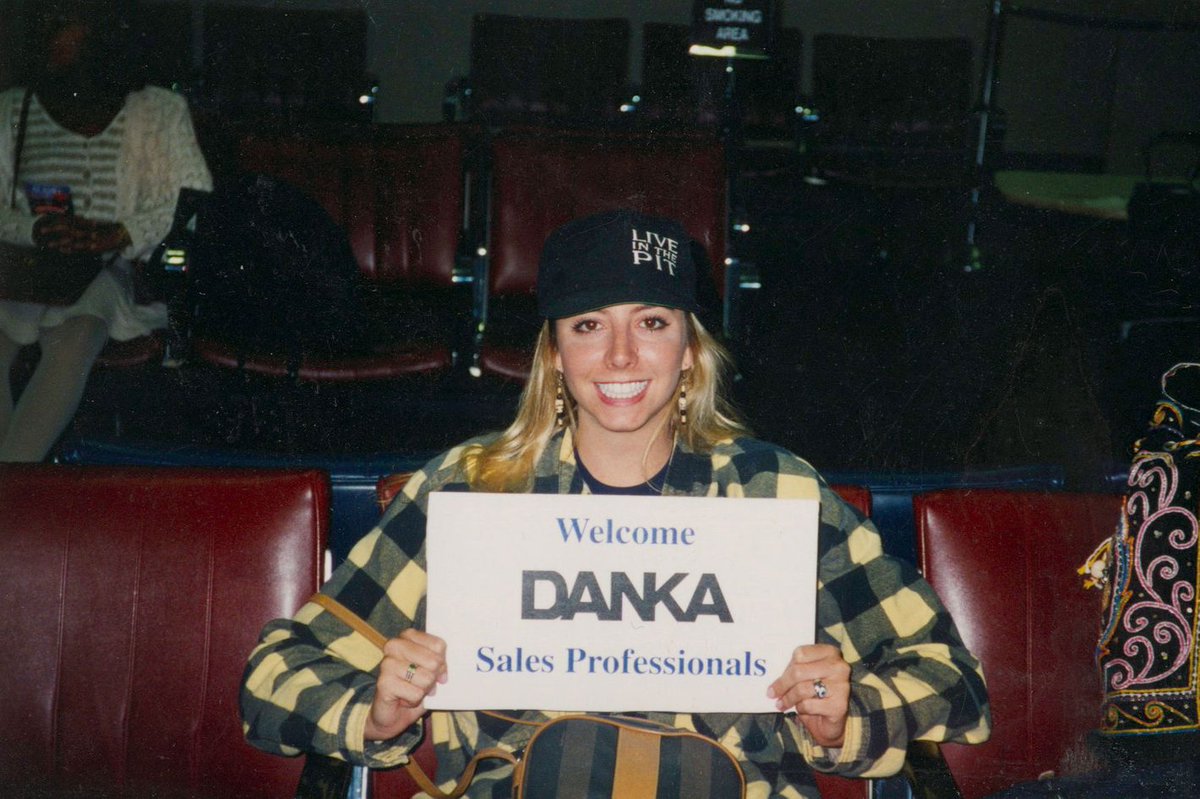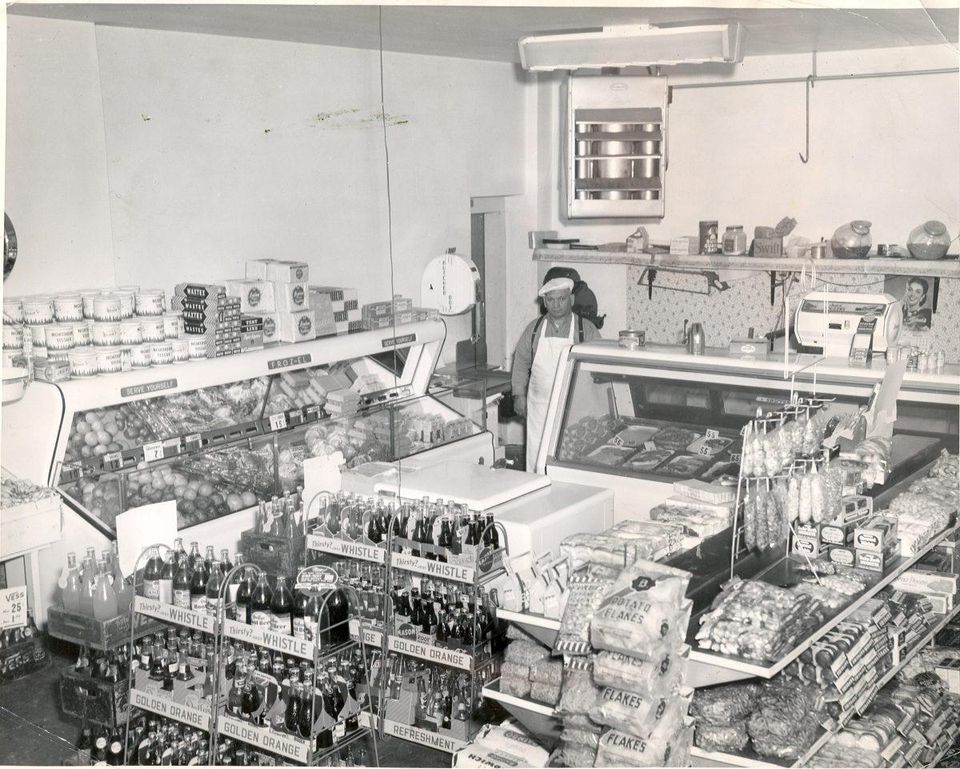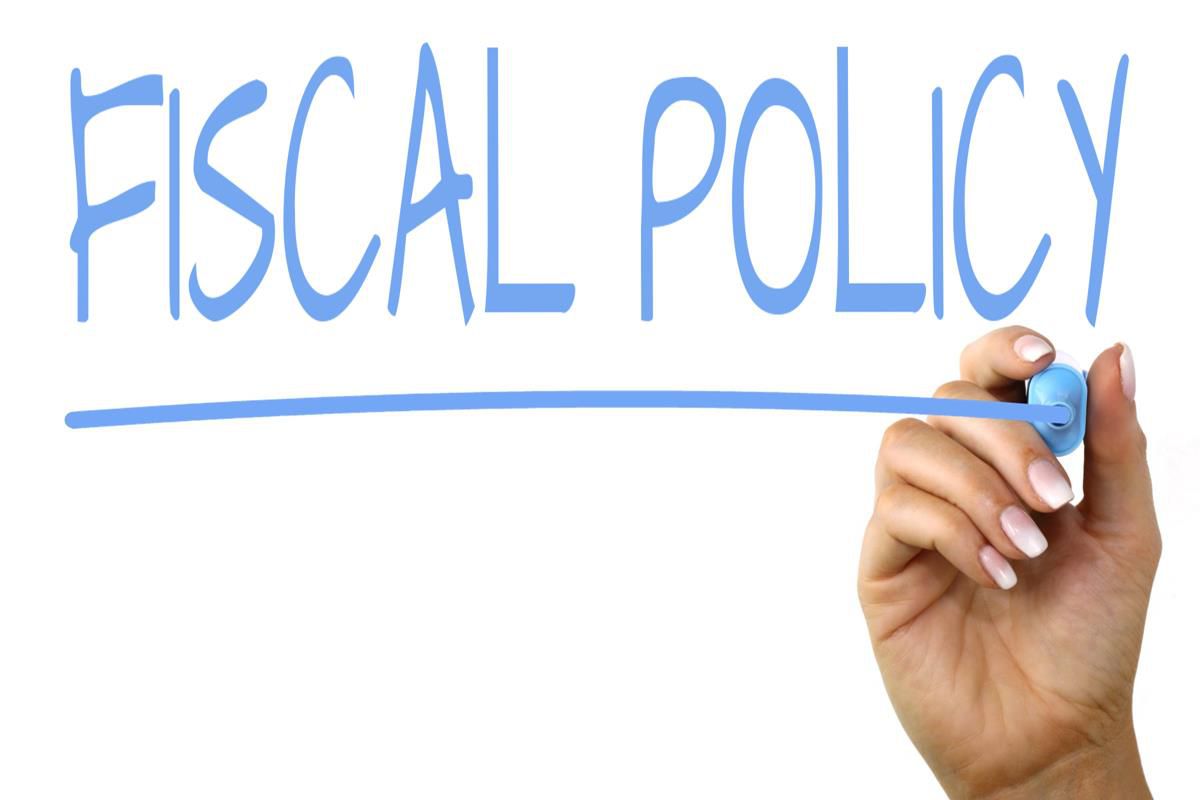
50,000 followers. Wow.
When I started this journey in May, I never could have imagined where it would take me.
I am so grateful. I hope you have learned (and laughed!) along the way.
In honor of this milestone, here are my 5 favorite threads from the journey to date!
👇👇👇
When I started this journey in May, I never could have imagined where it would take me.
I am so grateful. I hope you have learned (and laughed!) along the way.
In honor of this milestone, here are my 5 favorite threads from the journey to date!
👇👇👇
1/ Mr. FEDerico goes to the market. The one that started it all! Special thanks go out to @Chamath and @scottmelker for the original retweets that got my Twitter account off the ground!
https://twitter.com/sahilbloom/status/1259141067938557952
2/ Cantillon Effect 101. A critically important concept to understand in the current environment.
https://twitter.com/sahilbloom/status/1309145743756865536
3/ Cobra Effect 101. When intervention and policy leads to unintended consequences. Policymakers beware!
https://twitter.com/SahilBloom/status/1318926201772101632
4/ Malcolm McLean’s “containerization” of the world. A fascinating story of industrial ingenuity and outside the box (literally!) thinking.
https://twitter.com/sahilbloom/status/1314586416060358657
5/ The Pizza Cheese King. The fascinating story of James Leprino and how he turned a $615 investment into $3 billion.
https://twitter.com/SahilBloom/status/1320766097935593472
What were your favorites? What should I cover next? I’d love to hear from you!
If you aren’t following me already, I hope you’ll join me on this journey as I continue to demystify the world of finance, money, and economics. Check out my meta-thread below.
Much love to you all!
If you aren’t following me already, I hope you’ll join me on this journey as I continue to demystify the world of finance, money, and economics. Check out my meta-thread below.
Much love to you all!
https://twitter.com/SahilBloom/status/1284583099775324161
• • •
Missing some Tweet in this thread? You can try to
force a refresh














